Experiential learning transcends the boundaries of traditional classroom instruction by immersing students in real-world environments where abstract concepts transform into tangible experiences. When Grade 6 learners from the CAIE, CBSE, and MYP curricula visited the magnificent Chowmahalla Palace, they stepped beyond textbook pages into a living laboratory of history, architecture, and culture. This field trip exemplified how direct engagement with historical sites creates profound learning opportunities that cannot be replicated within classroom walls. The palace, standing as a majestic symbol of Hyderabad’s regal past, became an interactive classroom where students could touch, observe, and experience the grandeur of the Nizami era firsthand.
The architectural splendor of Chowmahalla Palace served as a multisensory learning environment that engaged students on multiple cognitive levels simultaneously. As learners walked through the ornate halls and expansive courtyards, they encountered authentic cultural artifacts and royal legacies that brought historical narratives to life in ways that traditional learning methods simply cannot achieve. This direct exposure to architectural brilliance allowed students to develop spatial intelligence, aesthetic appreciation, and cultural sensitivity while making immediate connections between past and present. The physical act of exploring these spaces enabled kinesthetic learners to absorb information through movement and observation, while visual learners could appreciate the intricate details of Indo-Islamic architecture that would remain mere descriptions in textbooks.
Field visits like this one catalyze critical thinking and interdisciplinary learning by presenting complex historical, artistic, and cultural concepts in their authentic contexts. Students naturally began drawing connections between their classroom studies in history, art, and social sciences as they witnessed the convergence of these subjects in the palace’s design, artifacts, and historical significance. The experience encouraged them to ask probing questions about governance, artistic traditions, socio-economic structures, and cultural exchange during the Nizami period. This spontaneous inquiry-based learning fostered analytical skills and encouraged students to think beyond memorized facts, developing their ability to synthesize information from multiple disciplines and form independent conclusions about historical processes and cultural evolution.
The meaningful conversations that emerged during the visit demonstrated how experiential learning naturally promotes collaborative knowledge construction and peer-to-peer teaching. Students shared observations, debated interpretations, and collectively pieced together historical narratives, creating a dynamic learning community that extended far beyond individual absorption of information. These discussions encouraged students to articulate their thoughts, listen to diverse perspectives, and refine their understanding through social interaction. The authentic setting provided rich context for vocabulary development, storytelling skills, and cultural literacy while building confidence in expressing ideas about complex historical and artistic concepts.
At The Gaudium, such immersive educational experiences are recognized as fundamental to holistic development because they nurture emotional intelligence, cultural awareness, and global citizenship alongside academic achievement. The Chowmahalla Palace visit sparked genuine curiosity and wonder, emotions that serve as powerful motivators for lifelong learning and cultural appreciation. These field trips cultivate empathy by helping students understand different historical perspectives and cultural practices, while simultaneously building their confidence to engage with unfamiliar environments and diverse communities. By providing opportunities for students to connect personally with heritage sites and cultural artifacts, experiential learning develops well-rounded individuals who possess both academic knowledge and the emotional maturity to navigate an increasingly interconnected world with respect, understanding, and genuine appreciation for human diversity.
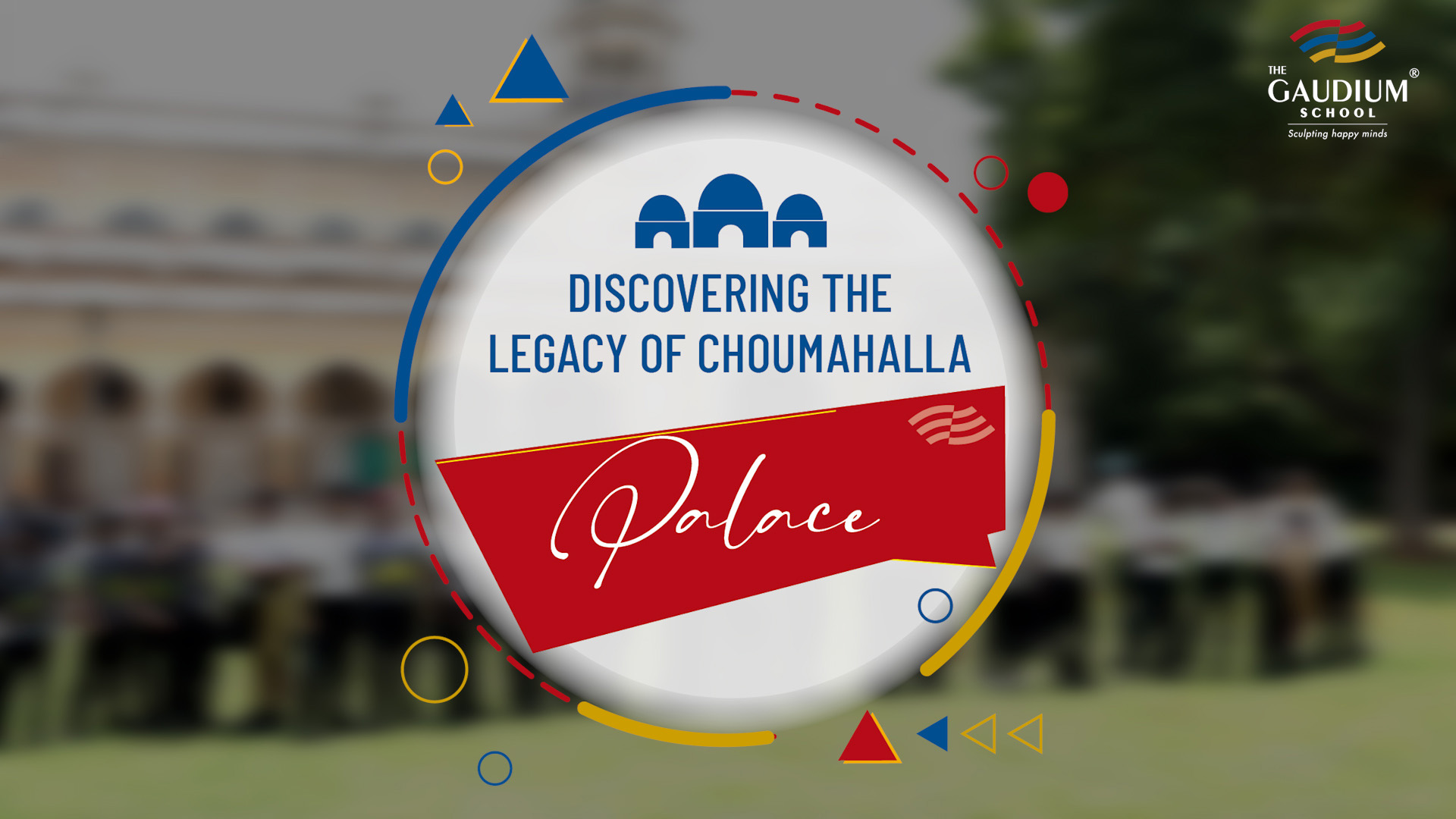
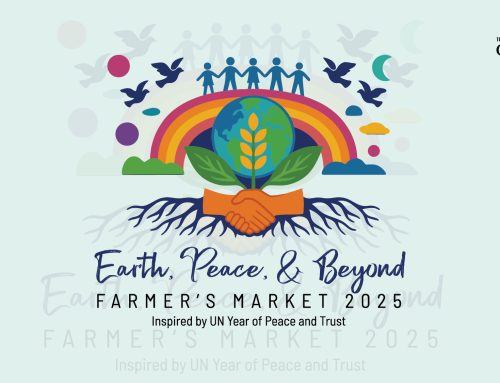
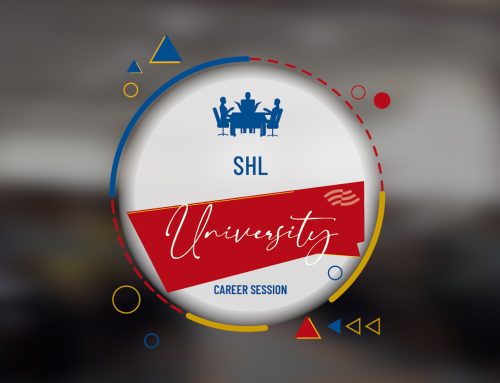
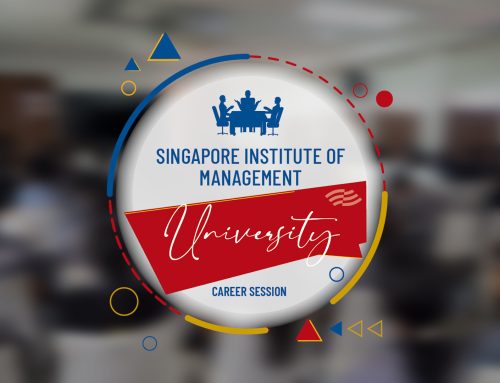
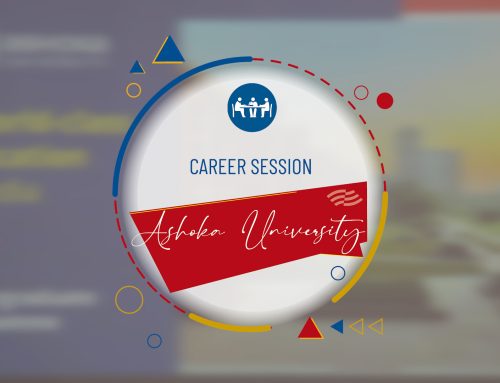
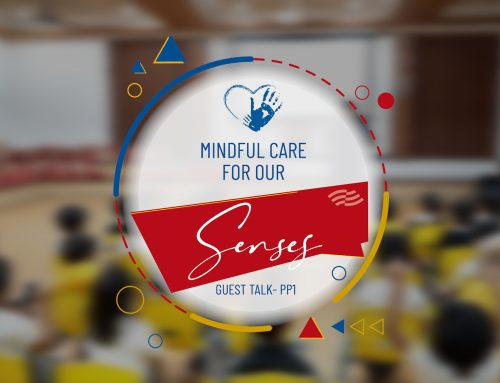
Leave A Comment